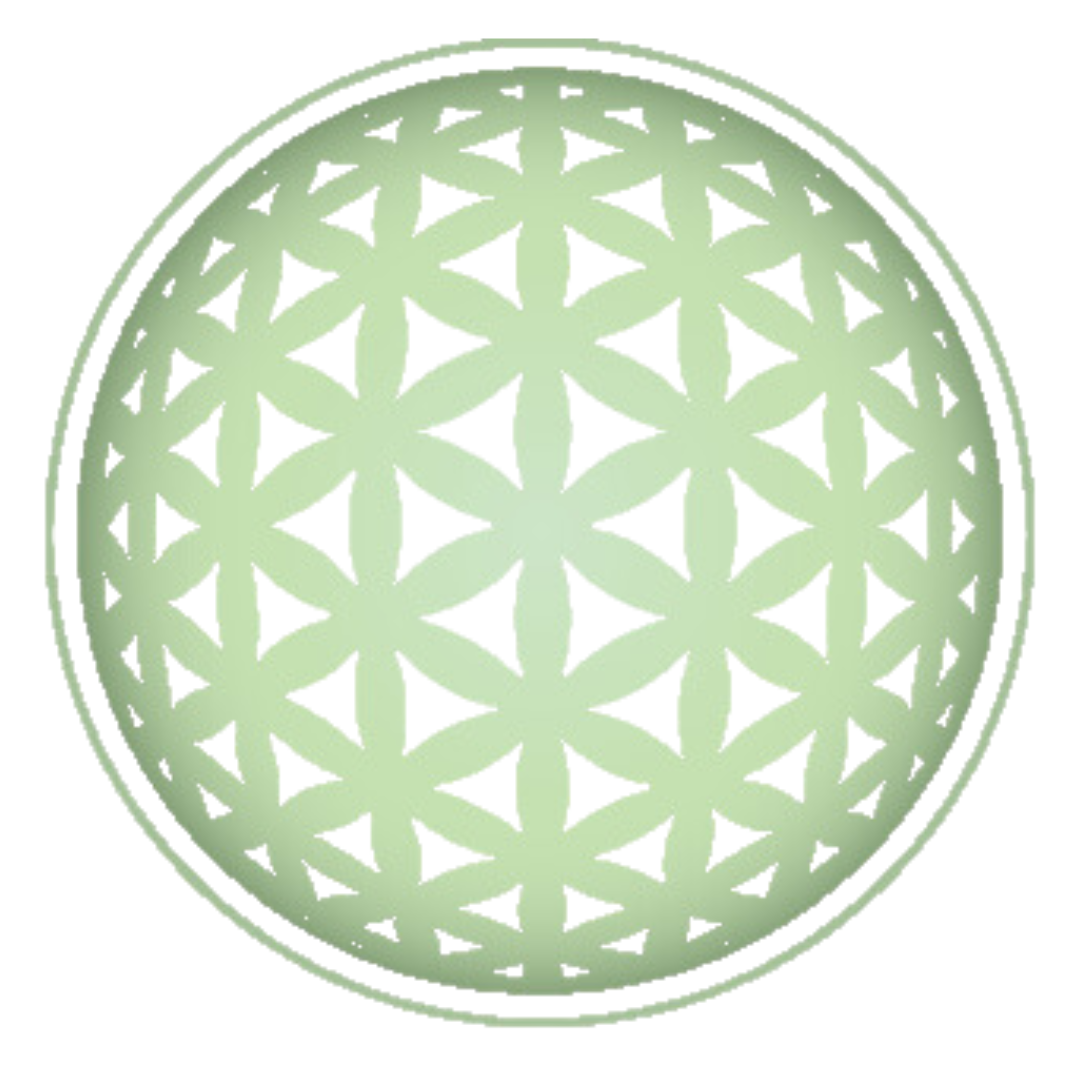Understanding the Traditional Intention of Asana Practice
ASANA – The 3rd Branch of Yoga’s 8 Limb Path.
Most of us in the West are familiar with Asana practice - it is the physical aspect of the Yogic path. But are we really understanding it’s true meaning and purpose?
In Sanskrit, Asana is translated to sitting or sitting posture,” from the Sanskrit root ās– “to sit, be seated”. However, asana practices incorporate a myriad of poses that strengthen, heal, and purify the body through movement, activation, and stetch. So, how is this practice helping us sit?
The seat that asana describes is the seat of meditation. Our physical practice is intended to help prepare us to sit in meditation. By tending to the physical, it creates an optimal state for the mind to be still. Without the distraction of pains in the body, the mind can enter into meditation more easily. Additionally, by tending to the physical, there gives more space for pent up emotions to be processed, giving even more peace for the mind and ease for the body.
In the West, there is so much emphasis on the physical. The internet is bombarded with images of flexible yogis going into deep variations of postures and advanced inversions. While there is nothing wrong with an advanced physical practice - are we forgetting that the intention is for us to sit in stillness? Are we only associating Yoga with the advanced postures we see, and nothing else?
This traditional understanding of Asana invites us all into reflection on the relationship we have with our physical practice.
-Do you tend to always push yourself into the most advanced postures?
-Do you compare your practice to other’s in the room?
-Are you only practicing the physical, and never giving space for stillness and reflection?
-Does your yoga studio give opportunities to explore these other important aspects of Yoga?
-Do you not practice Yoga at all, because you are intimidated by the physical portion?
These reflections can really highlight where we are forgetting about the deeper intentions of Yoga, and invite us to reshape how we view our body and practice. Every-body is a vehicle for self realization. By going into the body, we can come more easily outside of the cycles of mind. We can utilize the physical as a companion to access our inherent wisdom and understanding of our Divine nature. A body that is tended to and cared for, gives greater way for us to feel into what lies beyond.
In Patanjali’s Yoga Sutras, the only alignment given for Asana is “sthira sukham asanam”, a posture should be equal balanced strength and ease. In your asana practice, explore where you can invite in this quality to your poses. Instead of trying to force your body into something uncomfortable, see if you can find your sweet spot of balance. No matter what it may look like aesthetically, pay attention to how it feels like internally — helping to promote this meditative quality as you move and breathe. Additionally, if you ever find yourself comparing your physical expression to another’s, remember that you are doing this practice correctly — just by showing up with your honest intention. By cultivating sthira sukham asanam, it truly doesn’t matter what pose you are in, but more so how you are in it.
And of most importance, notice how your physical practice contributes to your meditation practice. These ancient postures are helping create an inner environment for us to sit still and draw attention inward. Explore how the postures help transform your inner world. Think about incorporating a meditation practice that resonates with you, where you can begin to explore yourself in stillness.
-
Interested in experiencing Asana & Meditation? Join us at our studio in Ocean Beach, San Diego for weekly classes.
Meditation: Thursdays at 7am (Free) & Sundays 6pm Yoga Nidra
Click here for the schedule to sign up
Not in San Diego? Practice with us over at our Digital Studio.

